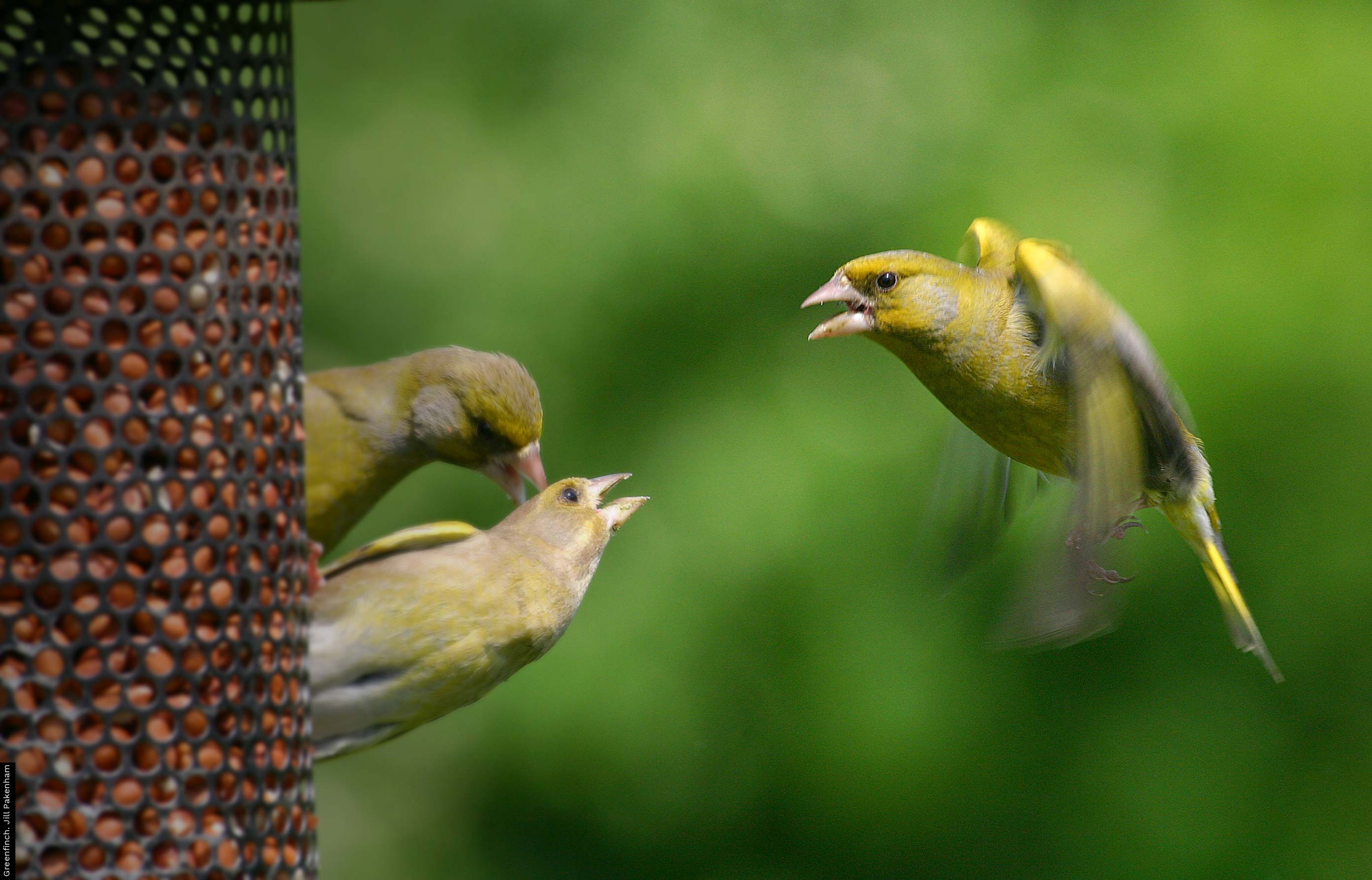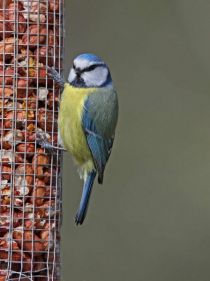Background
Aims
The GBFS aims to chart the use of foods by birds in gardens during winter. In our rapidly urbanising world and with bird feeding now a multi-million pound industry, the GBFS plays an important role in monitoring the use of bird food in gardens.
History
The GBFS has overseen many exciting and important changes in gardens during its history. Bird feeding itself has changed immeasurably, from a pastime based predominantly on the provision of kitchen scraps, peanuts and corner shop seed mixes to a massive global industry, with around half of UK householders now thought to feed birds in their gardens.
Bird foods have diversified during the course of the GBFS and this has been mirrored with an increased number of species recorded. Interestingly, research has also shown that bird feeding enhances the diversity of species in adjacent green spaces, such as parks, illustrating the role of our gardens within the wider living landscape.
The GBFS has quantified remarkable comings and goings on our bird tables and feeders. Perhaps the most famous, or infamous, finding has been the precipitous decline of the House Sparrow, the quintessential garden bird of the UK. Other declines have also been notable, including Starling and Song Thrush and, more recently, Greenfinch and Collared Dove. However, many species have flourished in modern gardens, with Goldfinches, Woodpigeons and Long-tailed Tits – to name but a few – exhibiting extraordinary colonisations.
The GBFS celebrated its ruby anniversary in the historic cold winter of 2009/10.







Share this page